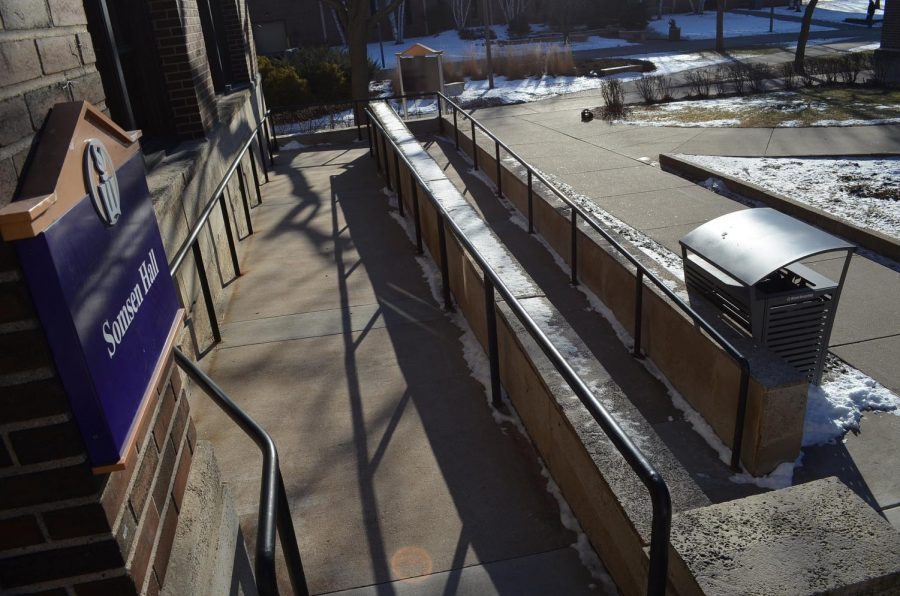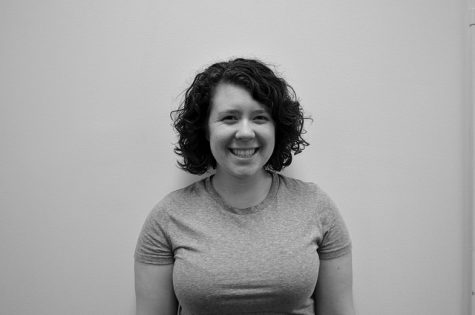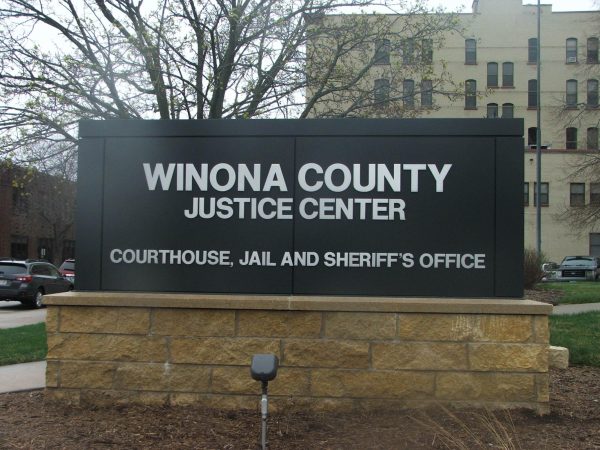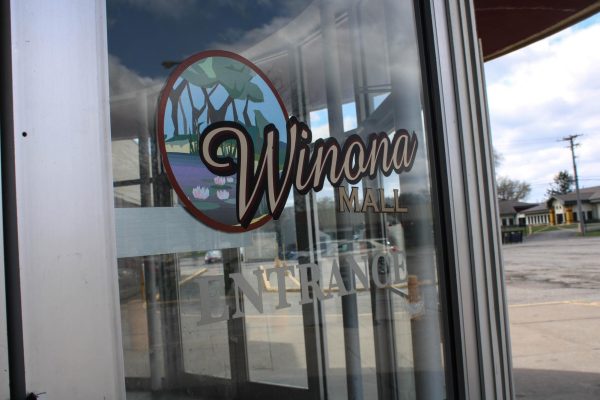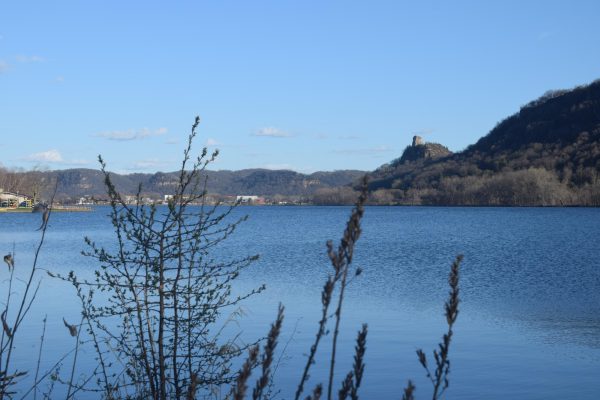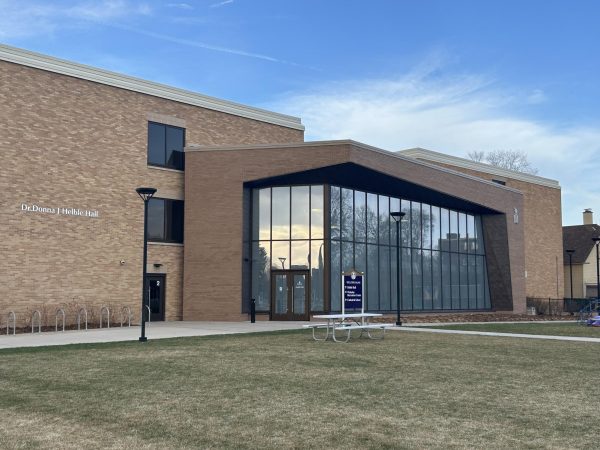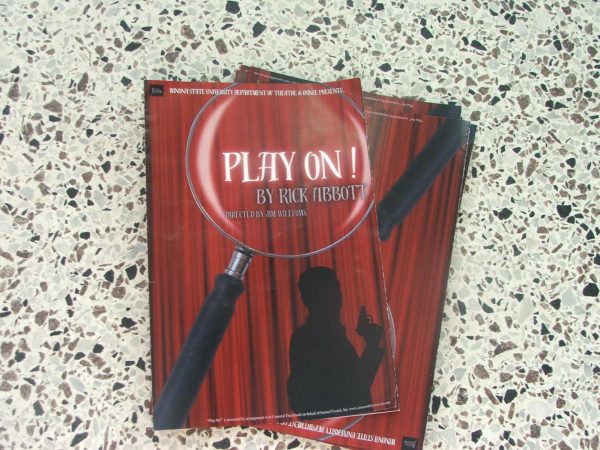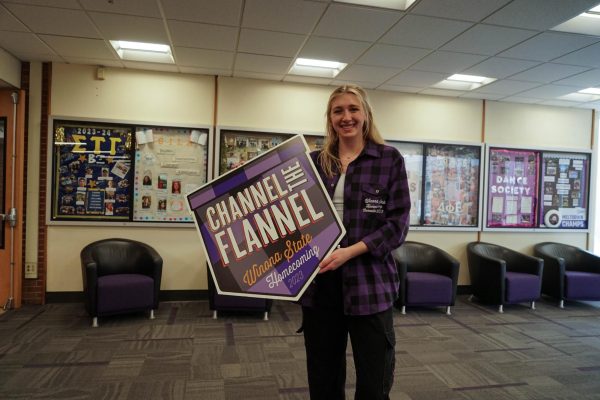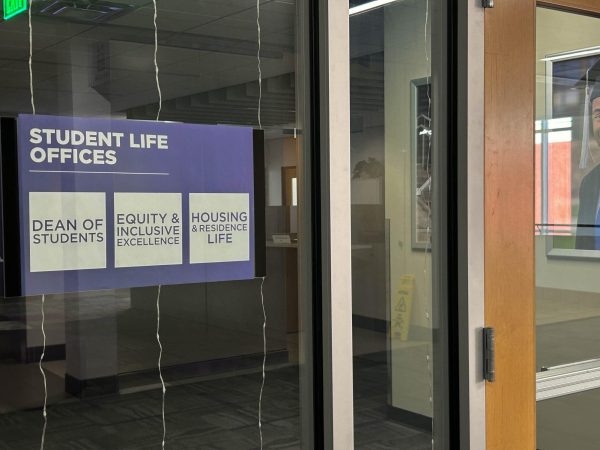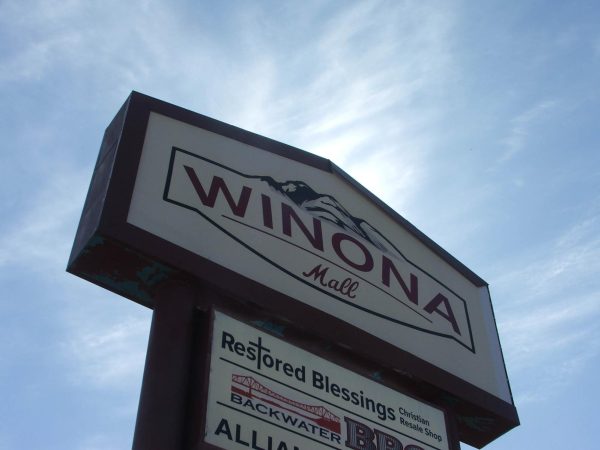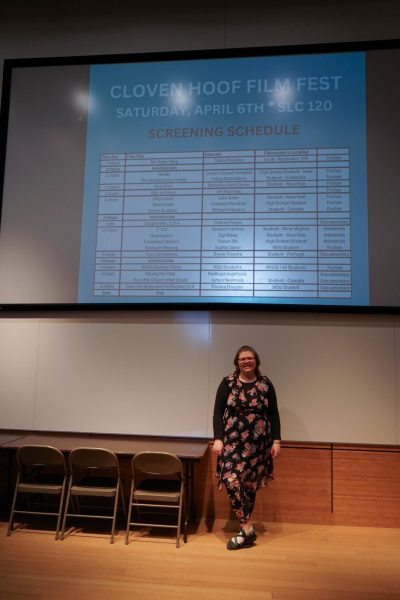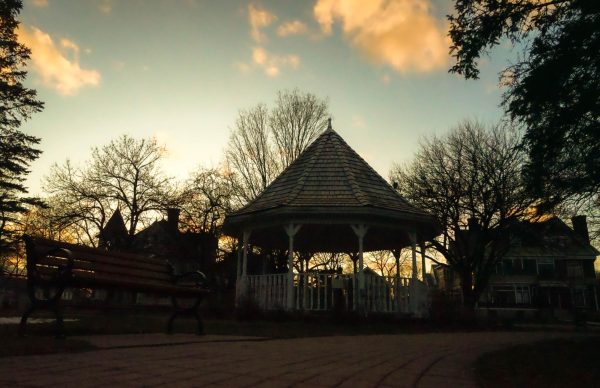Access services increases student accessibilities
The ramp outside of Somsen Hall is used by many who are unable to use the stairs. While it is a good addition, turning corners can be tricky for many using wheelchairs or scooters and like many of the access services on campus could use improvements.
January 31, 2018
Winona State University is not the most accessible campus for students with physical disabilities. There are uneven sidewalks, hidden entrances, and handicap buttons for doors that are in inconvenient places.
But that is not meant to say that those who work with these students do not try to make their struggles easier.
Nancy Dumke, the associate director of Access Services, has worked with students in the past to help ensure that the necessary accommodations are made for them. Dumke also noticed an evaluation that was done on campus two years ago to see if there were changes that needed to be made on campus.
“Around two years ago, the university did pay for a professional company to come in and evaluate all the physical issues on campus. Shortly after that report was submitted, you saw some improvements on campus such as sidewalks were shaved down to make them more level,” Dumke said. “There were a lot of smaller projects that happened after that evaluation. There were some improvements made on campus.”
Before Kryzsko Commons was updated several years ago, Dumke commented that she noticed a large incline up to one of the doors, which had been fixed during the remodel and made it more accessible.
“If a student comes in today and says ‘I’m going to be a student here in the fall and I use a wheelchair or I have a scooter or I have this limitations,’ we say ‘what are the biggest challenges, how can we address those and let’s work together,’” Dumke said.
Dumke emphasized that there are resources for students who do have individualized needs and that Access Services works on a “case-by-case” basis. For example, if a student would need an accessible room, Access Services can help and be a part of that process.
“We had one student come in once with significant needs and the student came in and met with the director of housing and they were doing a housing renovation project, so they were able to do that project with this particular student, to ensure that there was a roll-in shower and accessibility to doors without having to pull them open,” Dumke said.
Dumke encourages all students that have physical needs to register with Access Services, to ensure that they have support and an office to go to on campus when they need something.
Tim Matthees, Winona State’s director of planning and construction, while he has only been on campus for a short time, was able to address issues that can come up.
First, there are only two maintenance workers on campus, so they constantly work to fix problems on campus, which includes general maintenance like frozen pipes and upkeep of heating systems, especially during the winter months. Matthees also shared that when elevators break down, facilities is unable to work on them and they must wait for someone from the elevator company to come and resolve the problem, which can unfortunately limit a student who needs to use an elevator.
Facilities Coordinator Steve Ronkowski, has worked at Winona State for many years and has worked with Dumke in the past to help meet students’ needs. Ronkowski said that the most important projects that are done are meant to make campus accessible and meet student requirements.
There is also a federal requirement to have one accessible entrance in each building while there aren’t many accommodations that are needed very often, the office does their best to keep up with changes that need to be made or improved on campus.























































